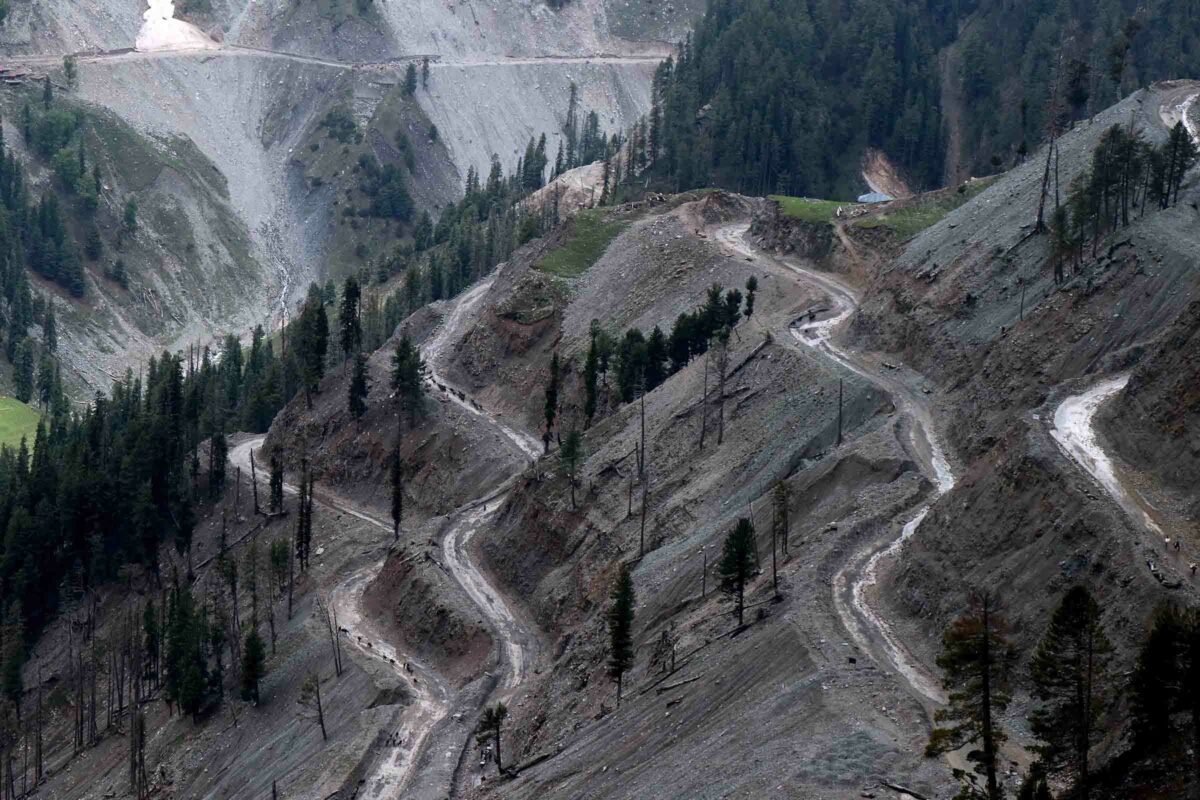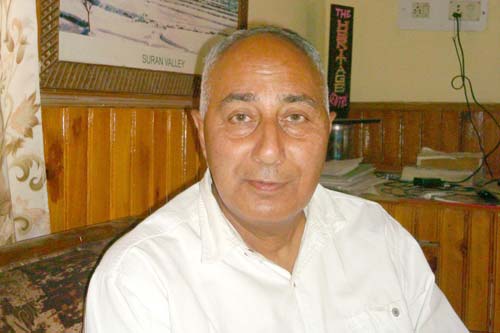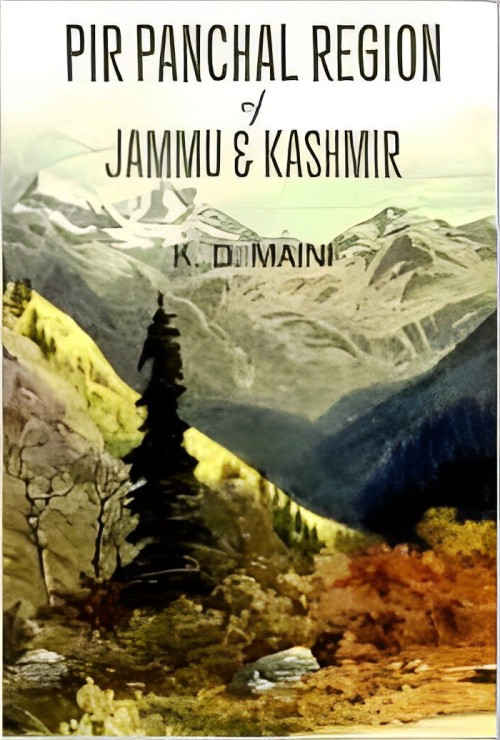Officer scholar, KD Maini’s book on Pir Panchal that Gulshan Books published is a vital contribution in understanding the enigmatic ‘frontier’ of erstwhile Kashmir, writes Muhammad Nadeen

Nuzzled amidst the soaring Himalayan peaks lies a distinctive and interconnected realm – the Pir Panchal range. Carving a crescent path across Himachal Pradesh and Jammu and Kashmir, this pristine mountain expanse holds an intricate blend of nature’s magnificence and a rich multicultural mosaic. Along this path, one encounters coursing rivers carving deep gorges, alpine meadows adorned with wild blooms, glacial lakes cradled by moraines, and mountain passes that unveil breathtaking Himalayan landscapes.
[The] Pir Panchal Region of Jammu and Kashmir, by KD Maini, serves as a portal into this domain, charting its geographical contours, ecological diversity, historical evolution, and the human communities that have thrived or suffered. Maini’s narrative unveils the rugged yet captivating panorama of the Pir Panchal with some precision. The landscape’s undulating journey from sub-tropical lowlands to snow-clad peaks exceeding 15000 feet in altitude is well-detailed.
Maini is known for documenting the history and culture of the region. Following retirement, Maini researched and authored around twenty-five books, many self-published. His work filled a void as prior scholarly focus on Poonch was limited. His 1988 publication marked the first comprehensive regional history. He has also chronicled specific aspects of Rajouri’s history and princely state of Poonch.
His localised perspective and access to community sources add insights but third-party reviews are needed to critically analyse his historical conclusions.

Maini presents a record of the region’s biodiversity, an intricate medley woven from the convergence of multiple biogeographical lands. There are over 1500 plant species, ranging from Himalayan oak and deodar forests to alpine herbs and the endangered Dactylorhiza Hatagirea. Endangered wildlife such as the Asiatic black bear, blue sheep, monal pheasant, and western tragopan reflects a deep ecological consciousness. Adventurers might find Maini’s detailed trekking routes and potential campsites invaluable for navigating the Pir Panchal.
Socio-Cultural Narrative
Beyond nature, Maini casts light upon the social and cultural fabrics that define this region’s communities. With roots stretching back millennia, the region’s shifting history is reflected in its diverse ethnicities, languages, belief systems, arts, and ways of life that endure to this day. The intricate intermingling of people from Kashmir, Punjab, Afghanistan, and Central Asia has interlaced a syncretic cultural montage, which Maini tries to untangle.
Maini embarks on this cultural journey by delving into the many names attributed to the Pir Panchal range over centuries – from Panchal Des to Peer Pantsal, culminating in the contemporary fusion of Peer denoting a revered Muslim holy man and Panjal, evoking ancient Hindu scriptures. Maini also highlights captivating folklore surrounding the twelfth-century Sufi saint, Sheikh Noor-ud-din Noorani, whose shrine continues to attract followers across faiths. Spirituality becomes an essential theme as the author traces ancient pilgrimage paths, temples, mosques, and shrines that dot the mountains.
The inhabitants find their voices through Maini’s documentation of their lifestyles, folk arts, music, literature, and traditions. These lives are interwoven with the land – from farmers tending terraced mountain fields to shepherds guiding livestock on seasonal migrations to highland pastures, and artisans crafting intricate shawls and namdas. Maini introduces the diverse communities that call these valleys home, from the Shina-speaking Brokpas to the migratory Gujjar and Bakarwals. While each group possesses a distinct identity, they coexist within a composite social fabric.
While Maini tries to present an encompassing portrayal of the region’s cultural heritage, a deeper complexity remains beneath the surface, largely unaddressed. His propensity to depict certain groups through romanticised, orientalist stereotypes raises concerns. Contemporary challenges encompassing socio-economic development, political engagement, human rights, and national cohesion remain peripheral to his discourse. Readers searching for a nuanced, critical analysis of Pir Panchal society might find Maini’s unbiased overview lacking.
Strategic Importance
But the book shines through in its exposition of the region’s history and geography. Maini leads readers on a journey through the rise and fall of empires that have held sway over these lands. From mentions in ancient Hindu epics like the Mahabharata to the campaigns of successive Turkic and Afghan rulers, the strategic significance of the Pir Panchal passes becomes evident.

Accounts from the British colonial era offer glimpses into a period of political intrigues and shifting dynamics. The partition-induced Line of Control dividing the Pir Panchal, with its profound ramifications, is explored in some depth by Maini. His narrative delves into the tribal raids of 1947-48, chronicling clashes and highlighting critical locations like Titrinot and Kali. The emergence of militancy and separatism in the late 1980s, alongside ensuing counterinsurgency operations, casts a long shadow that Maini navigates, albeit from a largely one-sided perspective. In navigating these delicate subjects, Maini’s narrative is strongly nationalistic, almost denying any space to the flip side.
Nonetheless, Maini’s thorough research remains undeniable. His insight into the cultural heritage and natural splendour of the Pir Panchal region is evident throughout this work. Despite its shortcomings and limitations, the book retains its status as a reference for those eager to explore this enigmatic frontier. But to gain a comprehensive perspective, his meticulous geographical and ethnographic chronicle should be complemented by the inclusion of absent alternate social, political, and ethnic narratives.















